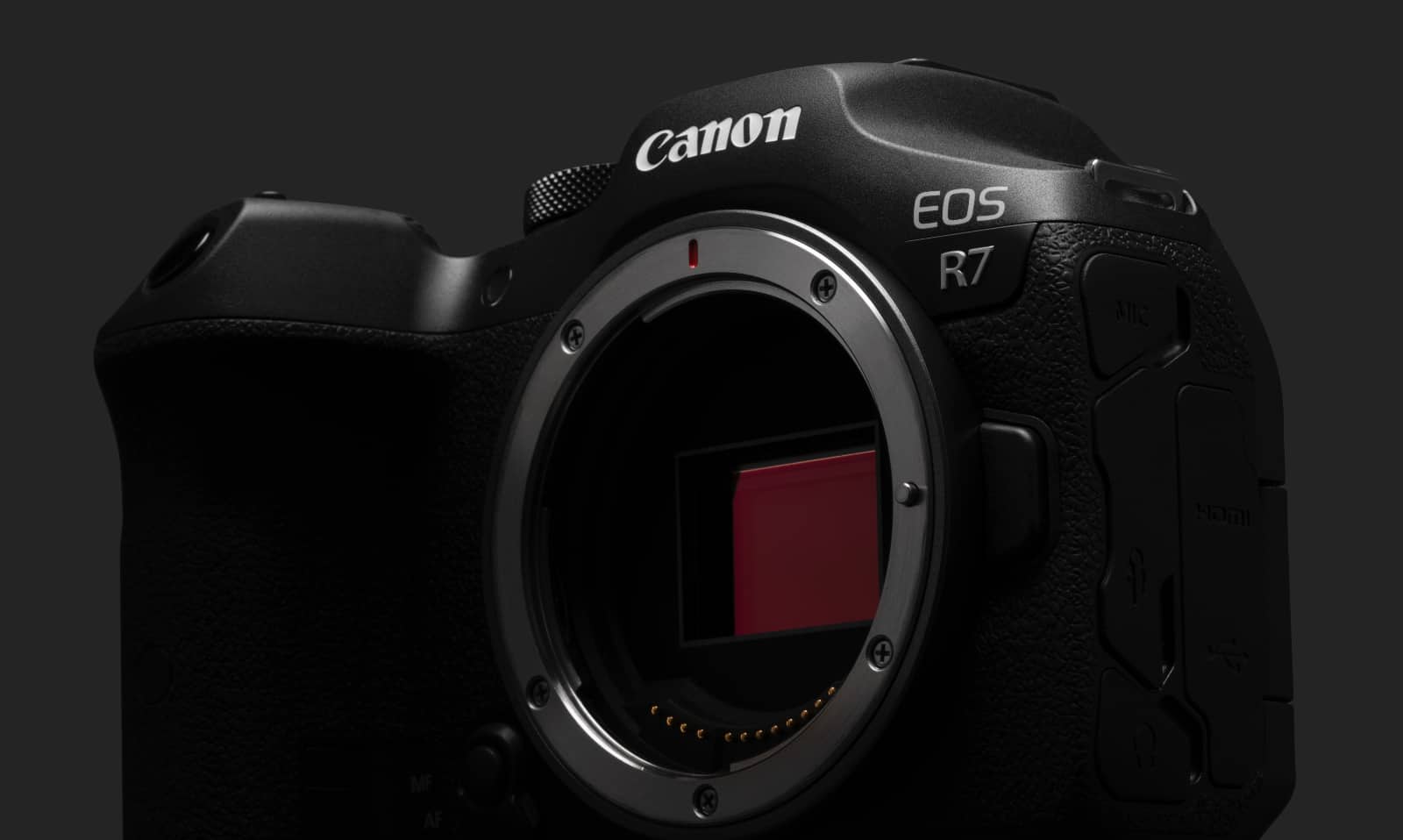This week on The Wrap, does Apple have a new laptop on the way, and what sort of tech can help you build a cinema at home? We’ll talk projectors and TVs and a whole bunch more, all in five.
Subscribe to The Wrap at Apple Podcasts…Transcript
It’s definitely the last few days of May in 2022, and you’re tuned into The Wrap, Australia’s fastest technology roundup, and here’s a bit of a public service announcement to start the show: Apple’s Worldwide Developers Conference is next week, and that means you might want to hold off on any Apple purchases this week.
Also called WWDC, Apple’s big conference is typically about programmers and how to make stuff, but it’s important because it often sees new hardware announced alongside. The current rumour suggests we can expect a new MacBook Air shortly, sporting a new chip and possibly some colours, which means if you were thinking this week would be the week you buy a new computer, you might just want to wait.
What’s one week between your wallet and a new machine? It could just see you net a brand new machine, versus one that’s on the verge of being updated.
That PSA about Apple is just one of the stories for this week, one of the little ones, because the past week has been packed with little stories about big things, most of which make images visible to the eye in some form or another.
Take the news from Canon, which has seen its big mirrorless camera EOS R system get a little smaller, kind of. The company has up until now been releasing big full frame mirrorless cameras as part of this range, but will now make two smaller style of sensors, the APS-C.
That will come out as mostly jargon for many people. Just think of it as Canon’s enthusiast digital SLRs are gradually making their way to mirrorless models, sporting 24 and 32 megapixels in the EOS R10 and R7 respectively, with support for 4K in both.
They’ll still work with the R-series lenses, but they’re basically smaller and less expensive takes on Canon’s bigger cameras.
Weirdly, they feel like they replace Canon’s other mirrorless models, the EOS M, but there’s no official word just yet.
In cameras, there’s also a little story about classic camera brand Leica, which looks to be moving on from its collaboration with phone brand Huawei, and connect with another.
You mightn’t know the brand Xiaomi, but it’s growing, and after dabbling with some camera developments with Samsung over the years, it appears ready to work with Leica for something new, with something coming from the two in July.
Will this mean a Leica branded phone from someone new, or maybe some software or hardware developments? We’re not sure, but it’s definitely a case of watch this space.
And while you’re watching this space, you might want to watch something named after space, as a new company arrives in Australia with a space themed projector.
Like Xiaomi, Anker is not a brand Australians will know all too well, but we’ve heard that it’s rocking up to stores, and one of its first products appears to be a 4K projector called the Nebula Cosmos. No, we’re not making that up.
It’s essentially a four grand laser projector with a handle, competing against some of the other 4K projectors in Australia, including Epson’s eight grand equivalent, because making a cinema at home may well be the new norm.
Honestly, we’re not going to the cinema anymore because of, you know, that thing we’re all sick and tired of talking about, and so if we’re going to revive that feeling of movies on the big screen, we may as well do it with a properly big picture. Go big or go home, or in the case of having a projector, go big at home.
LG is also adding to that 4K projector crowd with a few options in its CineBeam range, which this year brings ultra-short throw models, but without the screens, plus a OS experience more like LG’s recent TVs.
You’ll still want to think about sound, because protectors are visual and don’t do sound remarkably well, but if you’re looking for big pictures, they’re definitely catered for.
Philips is also back in Australia with a picture of its own, and it’s one that could make the home cinema experience a little more interesting.
Depending on how old you are, you might recall the Ambilight TVs from back in the day, but if not, they’re TVs with lights built into the back and frames. Basically, while all TVs make light, Ambilight TVs glow in the colours that hit the frames of the TV screen, so if the picture is pink on the left and red on the right, those colours glow on each side.
Those TVs appear to be back, with new models heading to stores locally arriving with a combination of TV options, such as LED-backlit and OLED depending on how much you spend.
And these are all just a sampling of some of the screens out there. We already know Samsung and LG have both launched 2022 ranges locally, and last week we spoke about Bang & Olufsen’s contribution in the oversized Harmony 83, so we’re all a little spoiled for choice.
All that you really need to do is work out how big a screen you want, with TVs getting properly big, but a cinema experience being the biggest of all. If you have the extra room and funds, we could see the home cinema, but otherwise, a big TV is still pretty great.
For now, you’ve been listening, not watching, The Wrap, Australia’s fastest technology roundup. A new episode can be found each week at Listener, Spotify, and Apple Podcasts. For now, have a great week, and we’ll see you next time on The Wrap. Stay safe, stay sane, and take care.





